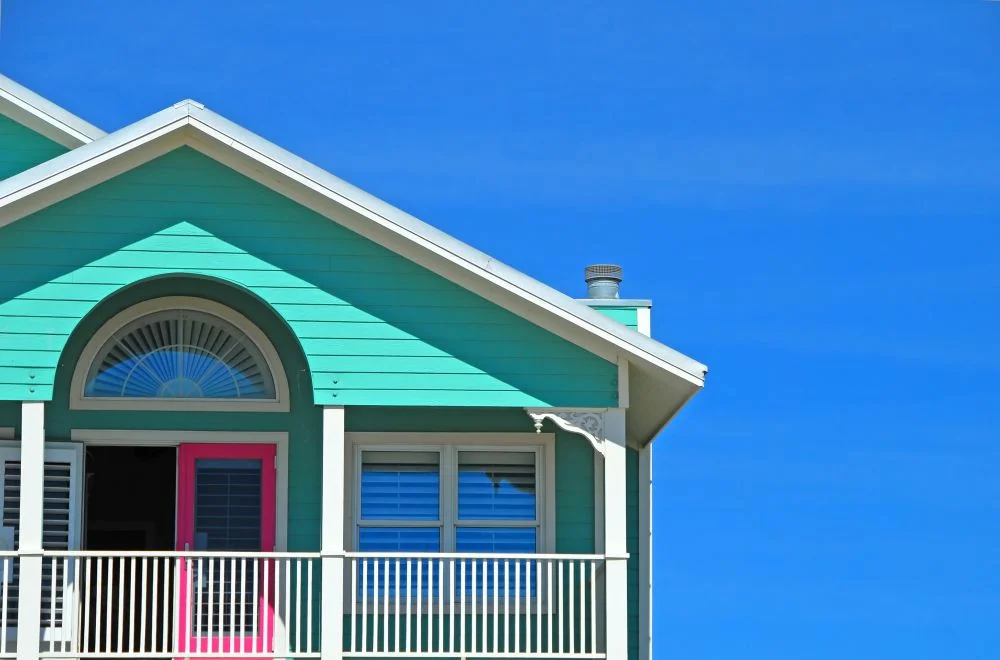Introduction
Decks and balconies are valuable assets to any rental property, providing outdoor living space that tenants consistently rank among their most desired amenities. However, these exposed structures require regular attention to maintain their integrity and appearance. When maintenance falls by the wayside, the consequences can be serious: structural deterioration, water damage, code violations, and in worst-case scenarios, dangerous collapses that put tenants at risk.According to a report by the North American Deck and Railing Association, deck failures have increased by nearly 20% over the past decade, with improper maintenance cited as the primary cause in over 80% of cases. For property investors, this statistic underscores the importance of a proactive approach to deck care.In this guide, we'll cover essential strategies for preserving your rental property's decks and balconies—from regular inspections to weatherproofing techniques that protect against Colorado's unique climate challenges.
The Foundation of Longevity: Regular Inspections
Maintaining structural integrity begins with vigilant monitoring. Conduct bi-annual inspections in spring and fall to catch problems early. During these inspections, pay particular attention to:
- Connection points where the deck attaches to the building
- Support posts and joists beneath the deck surface
- Railings and balusters to ensure they meet current safety codes
- Signs of water damage or rot, particularly at connection points
- Protruding nails or screws that may indicate shifting structural components
Remember that in Colorado's climate, freeze-thaw cycles can accelerate deterioration, making regular inspection critical. In fact, local building professionals recommend more frequent inspections in our region compared to national guidelines due to our extreme temperature fluctuations."Most deck failures don't happen overnight—they result from years of neglected small issues that compound over time," notes James Wilson, a Colorado Springs building inspector with 25 years of experience. "The ledger board connection to the house is particularly vulnerable and should be checked thoroughly at each inspection."
Preserving Beauty and Function: Cleaning and Surface Protection
Proper cleaning and surface treatments provide essential protection against environmental factors that accelerate deterioration:
- Remove leaves, dirt, and debris regularly to prevent moisture retention
- Perform thorough cleaning 1-2 times yearly with a mild deck cleaner
- Apply a high-quality water-repellent sealer every 1-2 years for wooden decks
- Select durable finishes in neutral colors for rental properties
For stubborn stains or mildew, use oxygen bleach products designed specifically for deck cleaning rather than chlorine bleach, which can damage wood fibers.Consider implementing a seasonal maintenance schedule that aligns with Colorado's weather patterns. Spring cleaning should focus on removing winter salt and debris, while fall maintenance should prepare the deck for snow accumulation by ensuring all drainage paths are clear.
Combating Water Damage
Water is the primary threat to deck longevity, especially in Colorado's variable climate where annual precipitation can fluctuate dramatically. A recent survey of property managers found that decks with proper moisture protection lasted an average of 8-12 years longer than those without such measures.To effectively manage moisture:
- Ensure proper slope (about 1/4 inch per foot) away from the building
- Keep spaces between deck boards clear to allow drainage
- Verify that gutters above deck areas function properly
- Consider specialized moisture protection products like TrexSeal Flashing Tape to prevent water infiltration between boards and joists
- Install Trex Protect Joist & Beam Tape for vulnerable structural components
"The return on investment for proper moisture barriers is exceptional," explains Maria Sanchez, a Colorado Springs property manager overseeing 120 rental units. "We've seen maintenance costs decrease by approximately 60% on properties where we've installed comprehensive moisture protection systems during construction or renovation."
Structural Integrity and Safety Upgrades
Proactive structural improvements enhance both safety and longevity. Current building codes for Colorado Springs require decks to support 40 pounds per square foot plus a safety factor—a standard that older decks may not meet.Key improvements to consider include:
- Ensuring railings can withstand at least 200 pounds of force
- Verifying balusters are spaced no more than 4 inches apart
- Replacing rusted or corroded fasteners with stainless steel or hot-dipped galvanized alternatives
- Adding diagonal bracing to improve lateral stability
- Considering upgrading to composite decking for virtually maintenance-free performance
While the initial investment in composite materials is higher than traditional wood (approximately $30-45 per square foot installed versus $15-25 for pressure-treated lumber), the elimination of annual maintenance costs often results in lower lifetime ownership expenses. Most property investors report breaking even on this investment within 7-9 years.
Tenant Education and Guidelines
Enlist your tenants' help in preserving deck and balcony spaces:
- Include specific usage guidelines in your lease agreement
- Establish simple procedures for reporting concerns
- Provide instructions for routine sweeping and debris removal
- Position proper deck care as a quality-of-life enhancement
"Clear communication about deck maintenance has dramatically reduced our repair costs," notes David Thompson, who manages 35 rental properties in the Colorado Springs area. "We now include a simple one-page deck care guide in our welcome packages, and we've seen a 40% reduction in emergency maintenance calls related to outdoor spaces."When tenants understand how their actions affect these spaces, they become valuable partners in maintenance. Consider offering small rent incentives for tenants who demonstrate exceptional care of outdoor spaces.
When to Hire a Professional
Certain warning signs warrant immediate professional evaluation:
- Significant movement or wobbling when walked upon
- Visible sagging or separation at connection points
- Multiple areas of rot or extensive hardware failure
- Deck age exceeding 15 years without major renovation
For rental properties with decks over 10 years old, annual professional inspections provide liability protection and help prioritize maintenance planning. The average cost for a comprehensive deck inspection in Colorado Springs ranges from $150-$300—a small investment compared to the potential liability of a structural failure.Local building departments recommend documenting all professional inspections and repairs for both insurance purposes and potential liability protection.
Conclusion
Maintaining decks and balconies requires vigilance, but the return justifies the effort. By implementing regular inspections, proper cleaning, moisture protection, and tenant education, you can dramatically extend the useful life of these valuable amenities while avoiding costly replacements.Investing in quality materials like TrexSeal moisture barriers and composite decking can significantly reduce long-term costs. In Colorado Springs' competitive rental market, where over 65% of renters list outdoor space as "important" or "very important" in their housing decisions, well-maintained decks and balconies continue to be a significant factor in tenant acquisition and retention—making your attention to these details a worthwhile investment in both property value and rental income potential.


